Education is a basic human right, but nearly half of all school-aged refugee children globally are estimated to be out of school, with 7.2 million refugee children unable to access an education. Some are on the move, others are in shelters or migrant camps, away from home and from school. They may have limited or no access to teachers or learning materials where they are.
Using technology to support class learning
In some cases, young people will have access to an educator. Some volunteer in NGOs; some are part of those displaced. This is the case of Evgenia, in Ukraine. She works as a teacher in one of the accommodation centers that TSF connects. She was internally displaced herself, from an eastern city in Ukraine.
“Today, life is impossible without the Internet. We have links, and we carry out an educational process for children.”
She teaches young people, including preschool children. She uses the free WiFi TSF provides to build her lessons, provide video support, make children take quizzes, and more:
“Today, life is impossible without the Internet. We come to work, we have a work plan that we follow, we have links, and we carry out an educational process for children. (...) Quizzes are also very interesting for school-aged children. Interactive quizzes, presentations, which we use when familiarizing with the information digest.”
Children forced to flee violence and to live far from their home are vulnerable to stress, tension, and more. The classroom can also be a place to feel safe and share moments to learn better and most importantly, feel better. Evgenia explains: “There are musical moments that help children relieve tension, relieve stress and learn new things. Of course, they also sing songs. If we listen to them several times, they like it very much.”
Education is best when it is face-to-face, with a teacher to guide and explain topics. But there isn't always an educator on site, and many children and young people don't stay in the same place long enough to benefit from it if there is one. Depending on the crisis, young people may still be able to access education through distance learning – but this can pose new challenges.
Internet as a way to continue education remotely
Not everybody can afford data when they are fleeing harsh living conditions and often dangerous situations. In Ukraine, for example, many lost their income when trying to escape the war. Even for those who can afford 4G, the connection might be too weak to attend online classes and continue education.
TSF connects accommodation centers to the Internet in Ukraine. The manager of one of the centers connected saw the impact of what reliable access to connectivity can have for young people. “Children have the opportunity to use the internet to its full potential and participate in the educational process,” he explains.
“They join classes, complete assignments, submit them for grading, and this significantly improves their education and budget. In order to provide communication and education for a child, it is necessary to pay for the appropriate services. However, when there is access to free internet, there is more money left for other essential expenses.”
“Children have the opportunity to use the internet to its full potential and participate in the educational process.”
Online education, while imperfect as children lack the support of a teacher and the socialization of a classroom, can allow young people to continue their education even in difficult times, providing a sense of normalcy and opening future opportunities.
This is unfortunately not the case for many displaced young people; few have access to a teacher, connectivity equipment or even online education programs provided by their home country. In the centers TSF works with in Latin America, children and young people can access selected and useful educational content.
Educational content displayed in shelters in Latin America
In Mexico, Colombia and Guatemala, TSF displays essential information for displaced people on their rights, legal and administrative procedures, and how to stay as safe as possible. In addition to regularly scheduled content on these topics, the team selects and distributes educational content at times adapted to children.
The content, mostly animated videos created by specialized organizations TSF partners with, covers an extensive range of topics and is adapted to different ages, from biology and natural sciences to the solar system, world history and even philosophical questions.
Education: a basic human right
There are various ways young people can access education with the support of technology; it can open new opportunities as they go through difficult times, even though nothing will replace a teacher and a safe school.
People have a right to education. It's one of the most important tools for overcoming difficult situations, and for young people in humanitarian crises, it can be essential for maintaining hope.


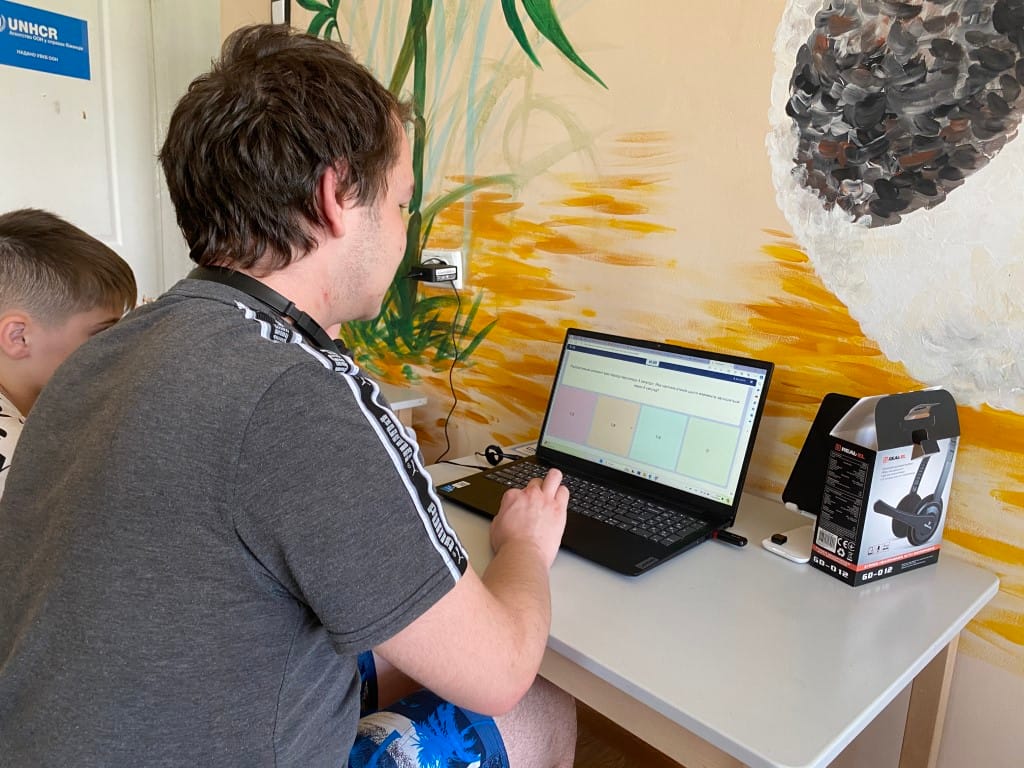
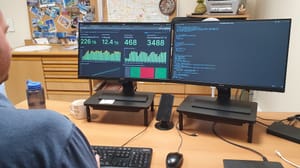
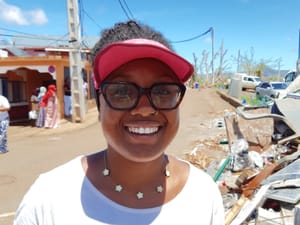
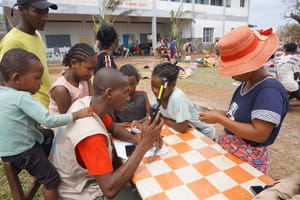
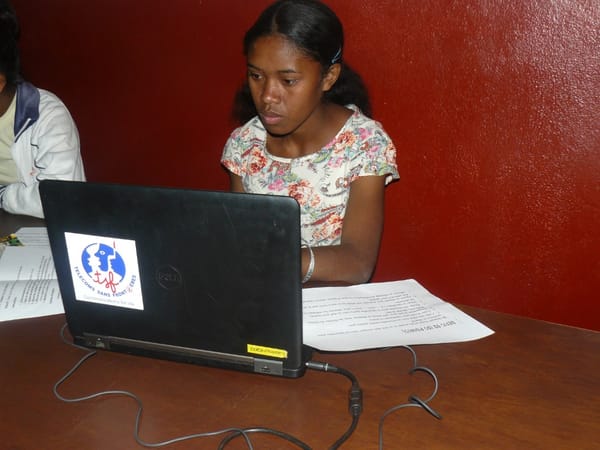
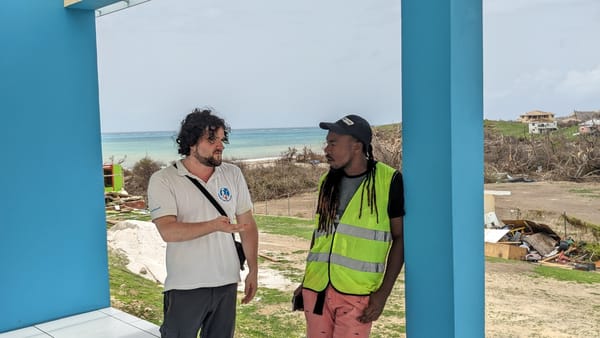
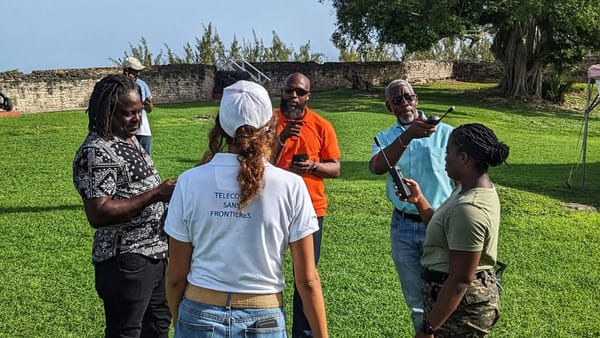
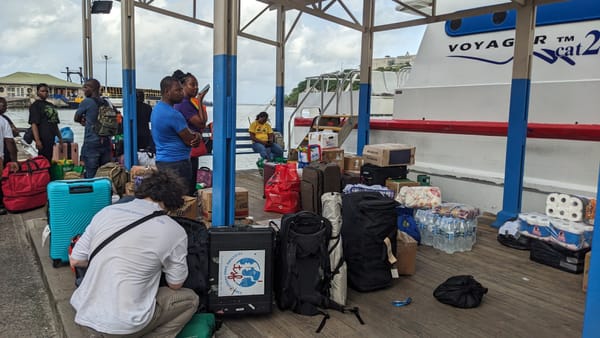
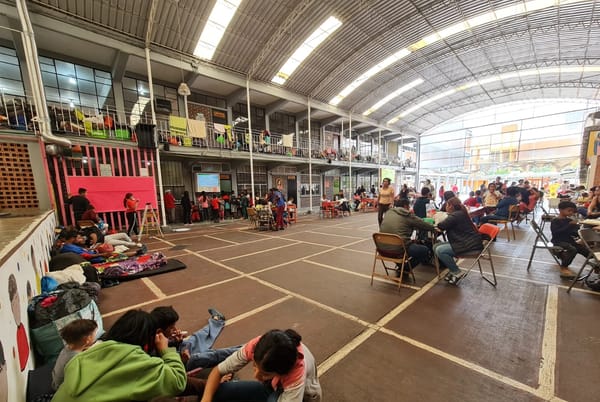
Member discussion